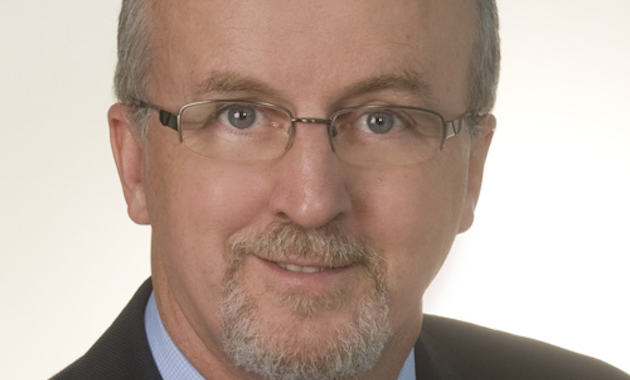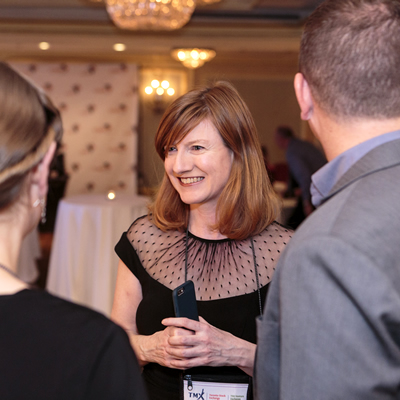Keeping Saskatchewan’s proposed new potash mine clean and green
Greg Vogelsang has spent his entire career in his home province of Saskatchewan

Greg Vogelsang is the manager of environment and regulatory affairs for Western Potash Corporation. — Photo courtesy of Western Potash Corporation
Saskatchewan born and raised, Greg Vogelsang has had the unusual privilege of being able to spend the majority of his career in his home province. With a degree in resource engineering technology from Edmonton’s Northern Alberta Institute of Technology and a geology degree from the University of Regina, Vogelsang first worked as a mines inspector in Northern Saskatchewan. He then returned home to Regina to start up a consultancy business that took him to places around the world.
“It’s always nice to go out and do those trips and jobs abroad,” said Vogelsang. “But it’s sure nice to be back home to be able to work where your roots are and where your family is. We’ve raised our kids here and I’ve really enjoyed it. I wouldn’t trade that for anything. I really appreciate living in Saskatchewan and all that it has to offer.”
New potash mine
What the province has recently offered Vogelsang is the chance to be a part of Western Potash Corporation’s Milestone project—Saskatchewan’s first new potash mine in over four decades.
“I think that this project is one of those almost once in a lifetime things that comes along,” said Vogelsang. “Not a lot of people get the opportunity to start on a mining project almost from the very beginning and see it evolve from exploration to where we’re just about ready to build. It’s somewhat rare and that’s the exciting part about it.”
Using recycled water
Adding to the excitement is the new precedent-setting deal Vogelsang and Western Potash just inked with the City of Regina to provide the critical process water for the solution-based mining project through the use of recycled city effluent.
“Without water, we don’t have a project,” said Vogelsang. “Even if you can line up everything else—money, resources, people—if you don’t have water, you don’t have anything. So from the very beginning that was one of our earliest priorities.”
It was a casual, offhand remark that suggested looking at the nearby city of Regina’s effluent as a potential water source. Now the mine has a legal agreement with the city to use the water in this new and innovative way, and that’s a legacy Vogelsang is proud to be a part of. While using recycled water is not a new concept, (it is used in other jurisdictions on a variety of scales) Vogelsang said this may be the first time in Canada that recycled water will be used on such a grand scale as a primary water source.
“Here in Canada,” said Vogelsang, “because water is relatively abundant people have just gone to the nearest water body and started using water. But for us, the city of Regina is actually closer to our project than the nearest viable body of water, so it just made all sorts of sense to look at it.”
The agreement allows the mine to have access to 60,000 cubic metres per day of treated effluent for the first six years of its operation and 42,240 cubic metres for the remaining 39 years. Vogelsang said that amount will be sufficient for the mine’s expected 40-plus-year lifespan.
Looking good on the prairies
Recycled water usage is not the only effort Vogelsang has made toward ensuring that the Milestone project respects the environment. From design features that ensure heat recovery throughout the project to recycling of the plant’s own water to energy efficient process equipment, Vogelsang said there are a lot of innovative features that will be implemented at Milestone—right down to its esthetics.
“Because it’s located in the flat prairies, regardless you’re going to be able to see the plant out there, but we’re going to ensure that there are windbreaks and trees and just try to make it so that it blends in as much as we can,” said Vogelsang.
Close to home
Milestone is currently just out of the feasibility planning stage and into environmental assessment and funding stages. If all goes according to plan, construction will start on the project in 2013. It is expected to employ upwards of 1500 people at the peak of the construction phase and 350 people on a regular full-time basis to run the plant.
“I’ve been involved in environmental management in Saskatchewan for 25 years and you don’t see these kinds of projects very often,” said Vogelsang. “It’s an economically positive driver for the province. And while it will be a lot of work, it will also be a lot of fun, especially since it’s so close to home. It’s within a half an hour driving distance from Regina, so it’s really exciting that way as well, and adds yet another dimension of uniqueness to the project.”




